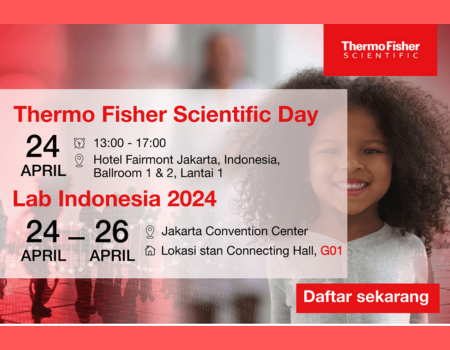Dr. Jennifer Doudna addresses 13th Annual Sunney Chan Lecture at Academia Sinica, Taipei
By Ajay V. Patil
Academia Sinica, Taipei – a premier research organization in Taiwan, welcomed Dr. Jennifer Doudna as a dignitary speaker for prestigious Annual Dr. Sunney Chan Lecture. Dr. Jennifer Doudna, a pioneering scientist who was instrumental in developing CRISPR-CAS9 system as a gene editing tool, received a phenomenal welcome by students, researchers and leading scientists at Academia Sinica.
In the welcoming introduction, Dr. Sunney Chan gave a glimpse of Dr. Doudna’s early scientific influences and key features of her growth as a prolific scientist. Growing up in the ecologically diverse place like Hawaii, Doudna acquired an appreciation for nature and got hooked to science. Her family background with academic parents further fostered her curiosity. A quick read of Dr. James Watson’s book – The Double Helix affirmed her ambition to pursue scientific career in biochemistry. In 1985, Doudna completed a bachelor’s degree in chemistry at Pomona College in Claremont, California. After Pomona College Doudna went to Harvard University where, in 1989, she finished a biochemistry doctorate under the supervision Dr. Jack Szostak, a geneticist who would go on to win a Nobel Prize in 2009. Her doctoral research was focused on ribonucleic acid (RNA). Her research there was specifically focused on ribozymes. Her pursuit to understand the detailed mechanism of action of ribozymes led Duodna to carry forward her career from postdoctoral work at the University of Colorado, assistant professorship at Yale University to ultimately becoming a professor at University of California, Berkeley.
While explaining the inception of CRISPR research, she mentioned her initial interaction with Dr. Jillian Banfield, a colleague at Berkeley, who asked for her help to understand some repetitive sequences she had spotted in the genomes of some bacterial communities that she was studying. Banfield was curious to know whether the sequences, known as CRISPR (clustered regularly interspaced short palindromic repeats), could be a type of RNA based defense that bacteria used against bacteriophage infection. Doudna quickly got fascinated and started to figure out how CRISPR works. She believed this work will give hints to understand how small RNA molecules in human cells regulated genes.
She met Emmanuelle Charpentier, a French microbiologist and geneticist then based at Umea University in Sweden who had noticed a mysterious enzyme, Cas9, associated with CRISPR that helped Streptococcus pyogenes, against invading viruses. Doudna partnered with her and sent over Dr. Martin Jinek, her postdoctoral researcher from the Czech Republic, to work with her. After this relentless collaborative research they finally figured out that it involved two separate RNA molecules (CRISPR-RNA and tracRNA) which helped guide Cas9 to snip out a piece of DNA at an exact point on the genome. This was a breakthrough and Dr. Doudna mentioned the following storm of CRISPR studies and its application validation in various areas.
While concluding the lecture, she touched upon various interesting application from healthcare, diagnosis, evolution research to agriculture. She also spoke about the hype of CRISPR application in media and made us aware about what we should focus in this area of research. Her talk was equally liked by students, researchers and senior scientists in the audience and it followed very interesting episode of questions and answers. Many pressing research issues like off-target effects, efficiency of the approach and CAS9 modifications for better performance, were discussed at length. Dr. Sunny Chan felicitated Dr. Jennifer Duodna at the end of ceremony and encouraged students to learn from her career. We hope to hear interesting updates, on CRISPR research from Dr. Jennifer Doudna in coming future.
Reference
- Dr. Jennifer Doudna’s lecture at Academia Sinica, Taipei.
- http://www.whatisbiotechnology.org/index.php/people/summary/Doudna
©www.geneonline.com All rights reserved. Collaborate with us: service@geneonlineasia.com










